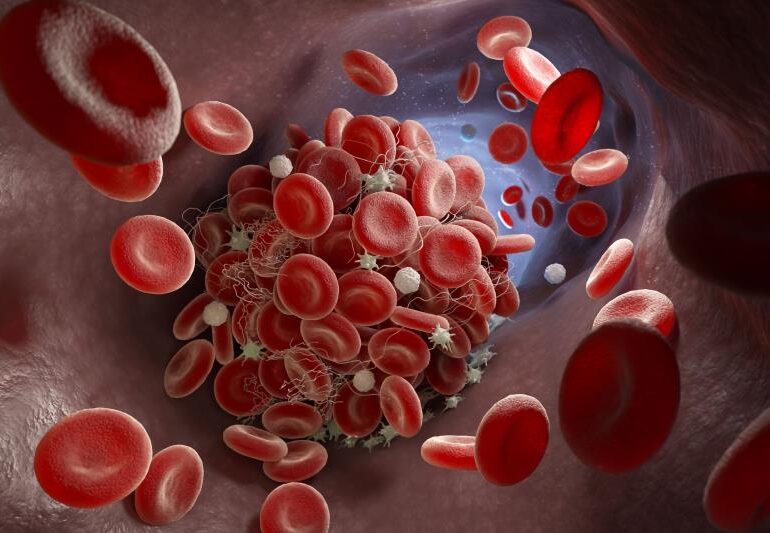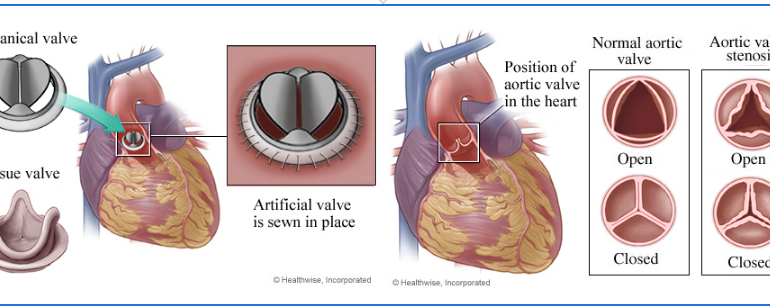Introduction
Cyanotic spells, also known as blue spells or apparent life-threatening events, refer to episodes where a child’s mucosal membranes and skin appear bluish due to a decrease in peripheral circulation oxygen levels. While some cyanotic spells may be benign and transient, they can also indicate a severe underlying problem that requires immediate attention.
Failure to respond promptly to severe and prolonged cyanotic spells can lead to serious complications such as bradycardia, cardiorespiratory arrest, and even death.
Management of Cyanotic Spells:
Cyanotic spells can occur in children with congenital cyanotic heart diseases such as Tetralogy of Fallot (TOF), Transposition of the Great Arteries (TGA), Total Anomalous Pulmonary Venous Connection (TAPVC), Ebstein’s anomaly, and tricuspid atresia. Effective management of these spells necessitates a multidisciplinary approach and prompt intervention. Here are some essential considerations for managing cyanotic spells:
- Recognizing the Symptoms: Caregivers and healthcare providers must be able to recognize the symptoms of cyanotic spells. These may include bluish discoloration of the lips, tongue, and extremities, sudden difficulty in breathing, choking, or gagging, and altered consciousness. Prompt recognition allows for timely intervention and reduces the risk of complications.
- Immediate Interventions: When a cyanotic spell occurs, it is important to initiate immediate interventions. These may include providing supplemental oxygen, ensuring a patent airway, and promoting adequate ventilation. Administering blow-by oxygen or using a bag-valve mask can help improve oxygenation. Additionally, positioning the child in the knee-to-chest position or applying gentle pressure on the abdomen may alleviate tracheal compression and improve respiratory function.
- Treating Underlying Conditions: In children with innominate artery compression or tracheomalacia, addressing the underlying conditions is crucial to prevent recurrent cyanotic spells. Treatment options may include surgical interventions, such as repair of the innominate artery or tracheal stenting, to relieve the compression and improve airway function. In some cases, medical management of associated conditions like gastro-esophageal reflux or airway pathology may also be necessary.
- Supportive Care: During and after a cyanotic spell, providing supportive care is essential. This includes closely monitoring the child’s vital signs, maintaining adequate hydration, and ensuring proper nutrition. Regular follow-up visits with healthcare professionals can help assess the child’s progress, monitor for any recurrence of cyanotic spells, and make any necessary adjustments to the treatment plan.
Conclusion
Cyanotic spells in children are alarming events that require immediate attention and intervention. Timely recognition of symptoms, prompt initiation of appropriate interventions, and management of underlying conditions are key to preventing complications and ensuring the well-being of the child. By adopting a multidisciplinary approach and providing comprehensive care, healthcare professionals can effectively address cyanotic spells and improve outcomes for children at risk.





